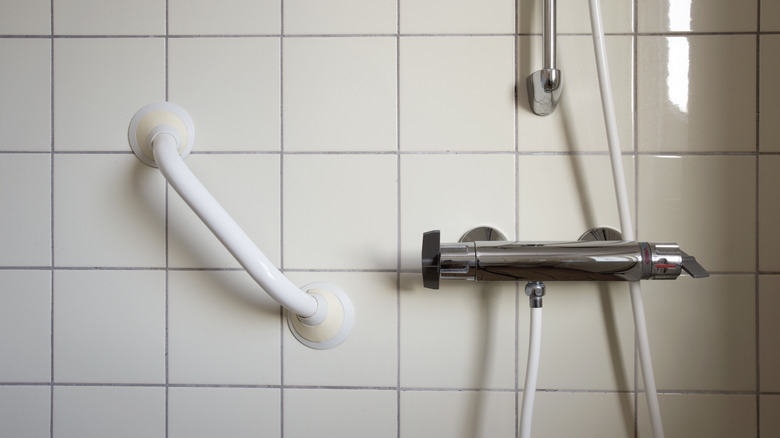Things You Should Consider When Picking Out A Shower Bar
When installing a shower, considering grab bars, also known as shower bars, is crucial for your home's safety and accessibility. Often overlooked, these functional elements are especially vital in households with older adults or disabled people. Grab bars provide support, prevent falls, and enhance the overall safety of your bathroom. However, selecting the right grab bar involves more than just picking the first one you see. Several factors play a critical role in ensuring that the one you choose serves its purpose effectively.
Understanding the various types of grab bars, their sizes, and their respective benefits is the first step in making a wise choice. They come in multiple forms — straight, horizontal, angled, or even removable. Each type serves a different purpose and suits different needs. It's also essential to consider the strength of the walls where the grab bar will be mounted, as this determines the safety and durability of the installation.
The positioning of the grab bar is another crucial aspect, as it must be accessible and convenient for the user. And don't forget about hand orientation — a left-handed person might need different considerations than someone right-handed. Furthermore, if the bar is for someone with specific needs, such as an individual with disabilities, these factors become even more critical. In such cases, adhering to the ADA (Americans with Disabilities Act) Accessibility Standards can guide you in making an informed decision.
Understanding different types of grab bars
Delving deeper into the world of shower grab bars, you'll find that each type is intentionally crafted for specific uses and preferences. Straight grab bars, known for their versatility, are a popular choice. They adapt to various installation needs, whether horizontal, vertical, or diagonal. Regardless of the orientation you choose, straight grab bars act as reliable supports for entering and exiting the shower, reducing the risk of falls. Horizontal placement caters to a broader range of heights and reaches, making it a practical choice for multi-user bathrooms. Vertical installation also provides wide coverage, albeit sideways, offering a secure handhold.
If you can't decide, a diagonal placement offers the best of both worlds, combining height and reach accessibility. You can also opt for the L-shaped grab bars, which provide dual-direction support and excel in corner installations. The L-shape allows users to grip from different angles and is particularly useful for showers with limited space, as it maximizes the utility of corners. Lastly, 120 Grab Bars, with their unique 120-degree angle, are designed to ease transitional movements, particularly in the shower or tub area. These grab bars are often installed on the back wall, extending at an angle that enables a more natural hand position and offers vertical and horizontal support.
Wall strength, proper positioning, and ADA standards
The effectiveness of a grab bar largely depends on its positioning and the wall strength where it's installed. Ensuring that the wall can support the grab bar and the weight it will bear is crucial. A grab bar should support a weight of 250 pounds, per the ADA standards. Following these guidelines for installation not only ensures compliance but also guarantees that the bars help create a bathroom environment that is safe, comfortable, and accessible for everyone, especially those with limited mobility. To comply with these standards might involve remodeling your bathroom, reinforcing the wall, or choosing a bar with special mounting hardware for additional support.
Proper positioning is also paramount for grab bars to be truly functional. According to ADA Accessibility Standards, you should install horizontal grab bars 33 to 36 inches from the floor. This height is optimal for most adults to reach comfortably while seated or standing. As for the vertical grab bar, installing it 39 to 41 inches from the floor is advised. The diameter of the bar should range from 1-1/4 to 2 inches, ensuring a comfortable and secure grip. For straight bars installed diagonally or L-shaped grab bars, the positioning gives users stability and leverage at multiple heights — however, it's still important to follow ADA standards during installation.


